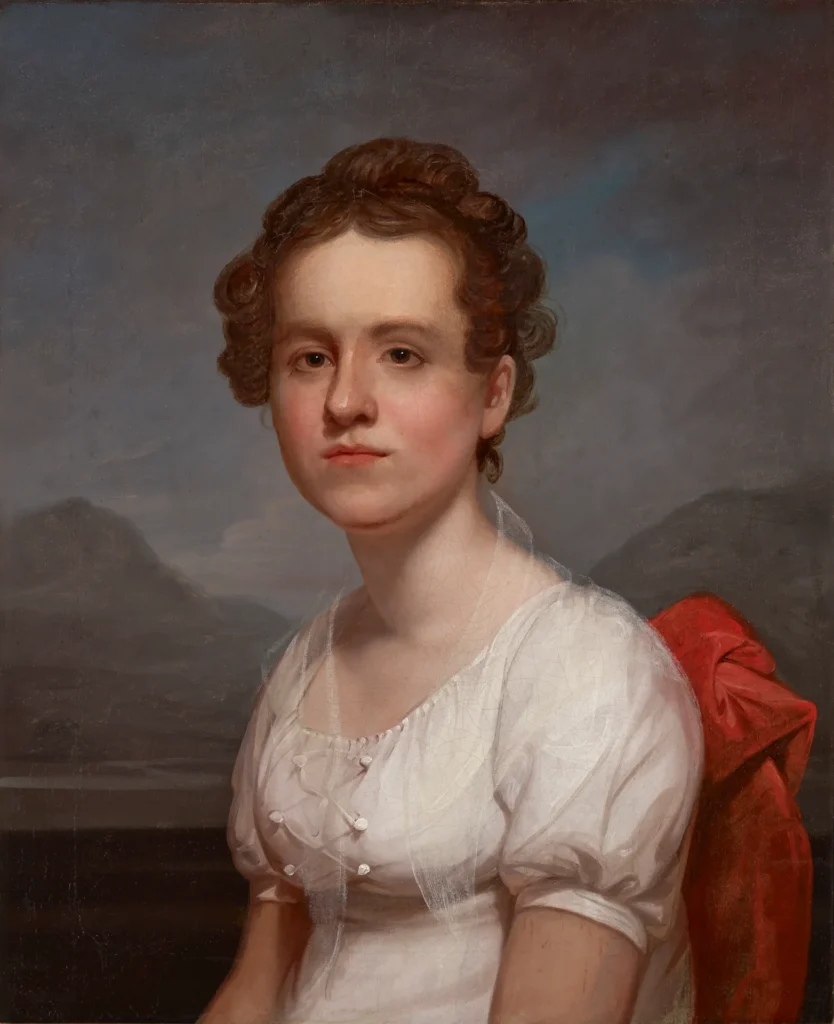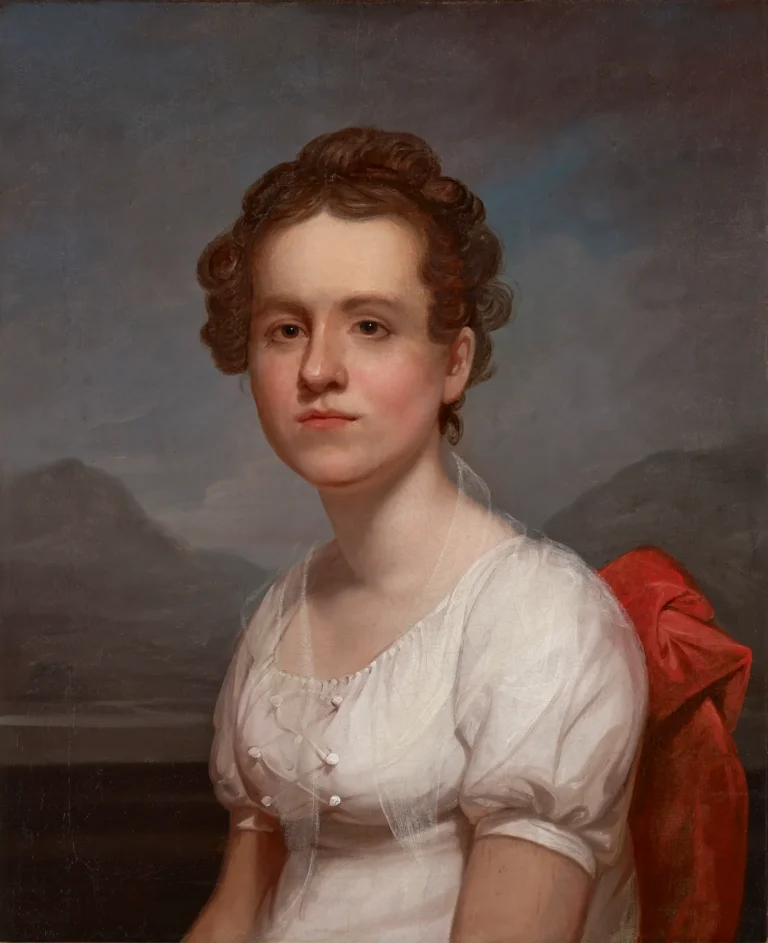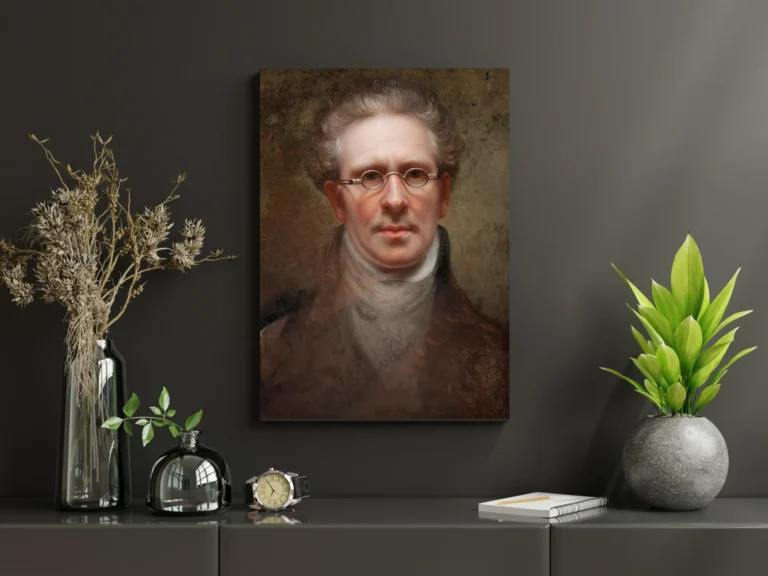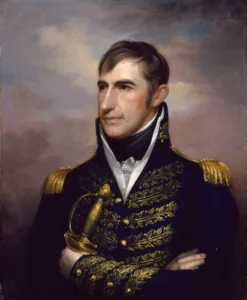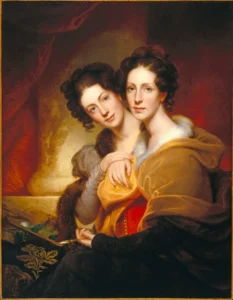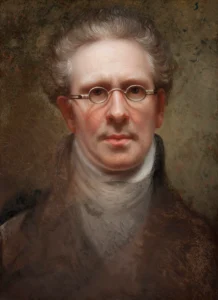Portrait of Helen Miller
Portrait of Helen Miller is a striking artwork by American portraitist Rembrandt Peale, renowned for his lifelike renditions of elite society in the 19th century. This painting captures Helen Miller with exquisite detail and elegance, embodying the refinement of her social class. Peale was famous for his ability to infuse character into portraits, allowing viewers to connect with the figures depicted. While specific details about Miller might be sparse, the painting remains a testament to Peale’s remarkable skill and the artistic legacy of his family.
Early 19th Century
About the Artwork
Rembrandt Peale, the son of celebrated painter Charles Willson Peale, created Portrait of Helen Miller as part of his ambitious endeavor to document prominent figures of his time. As a practiced artist, Peale's works served more than just aesthetic purposes; they were emblematic of wealth and social standing. Each brushstroke in this portrait reflects not only Miller's likeness but also the cultural values and aspirations of early 19th-century America. While details about Miller remain elusive, her representation in this portrait signifies the importance of portraiture in affirming social hierarchy and preserving personal legacy during an era where identity was closely tied to status.




